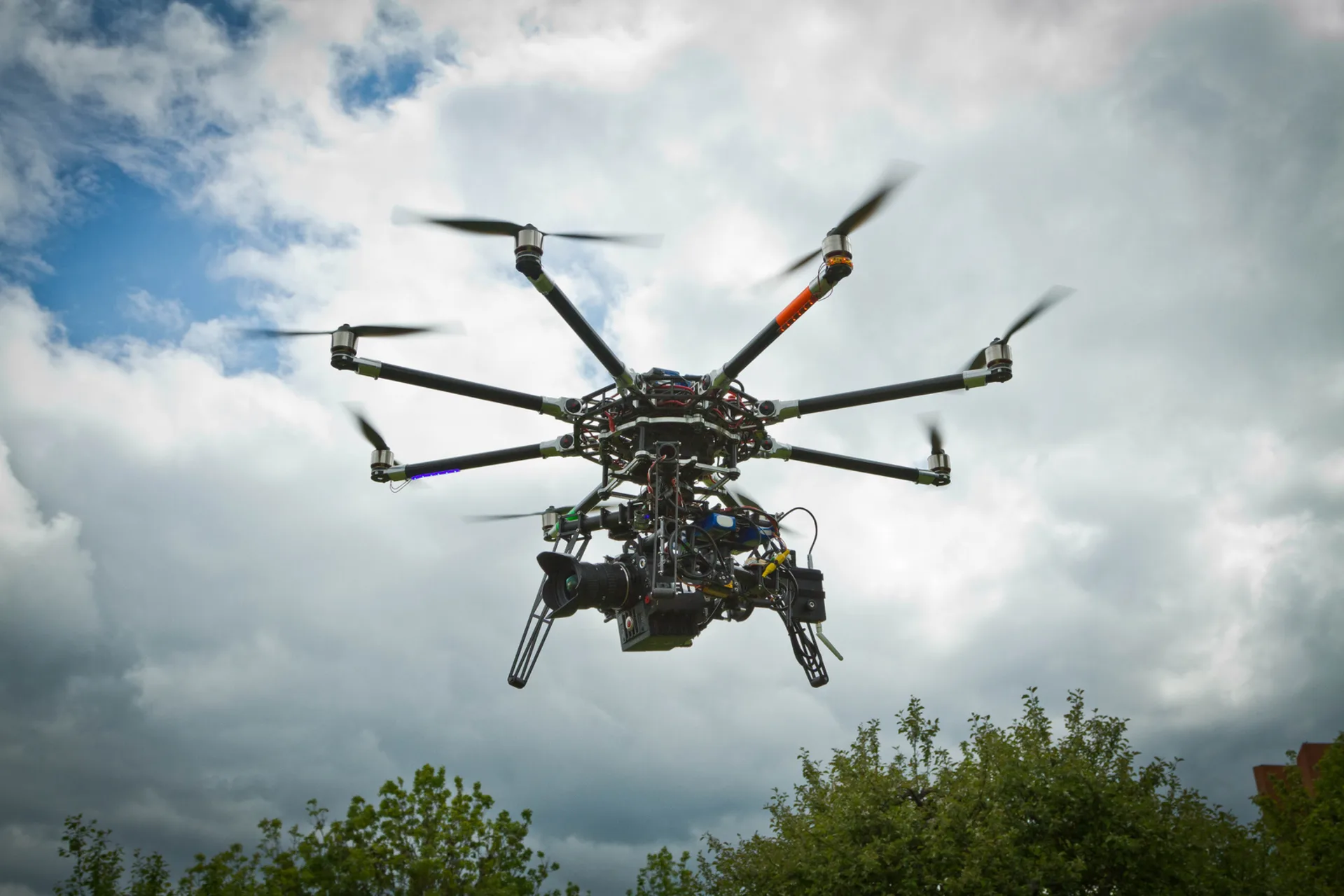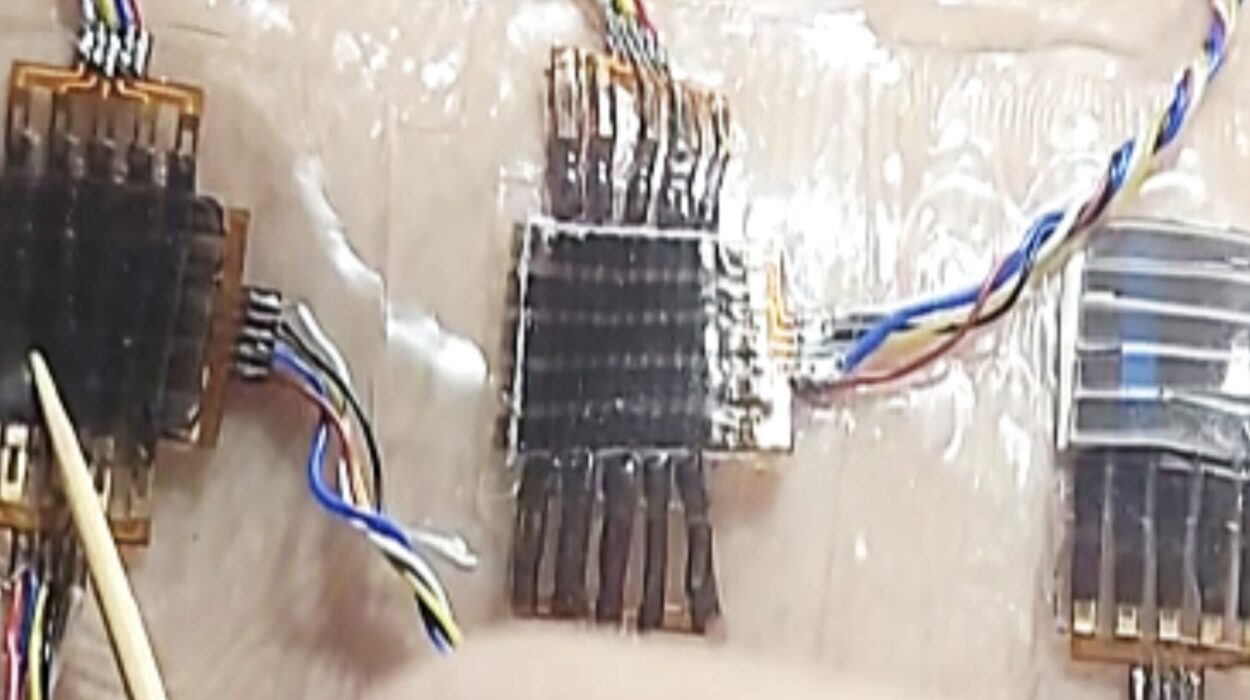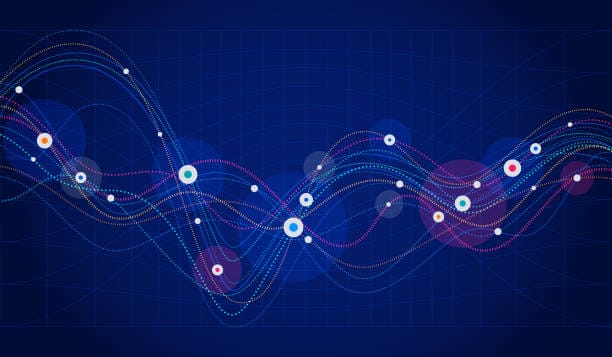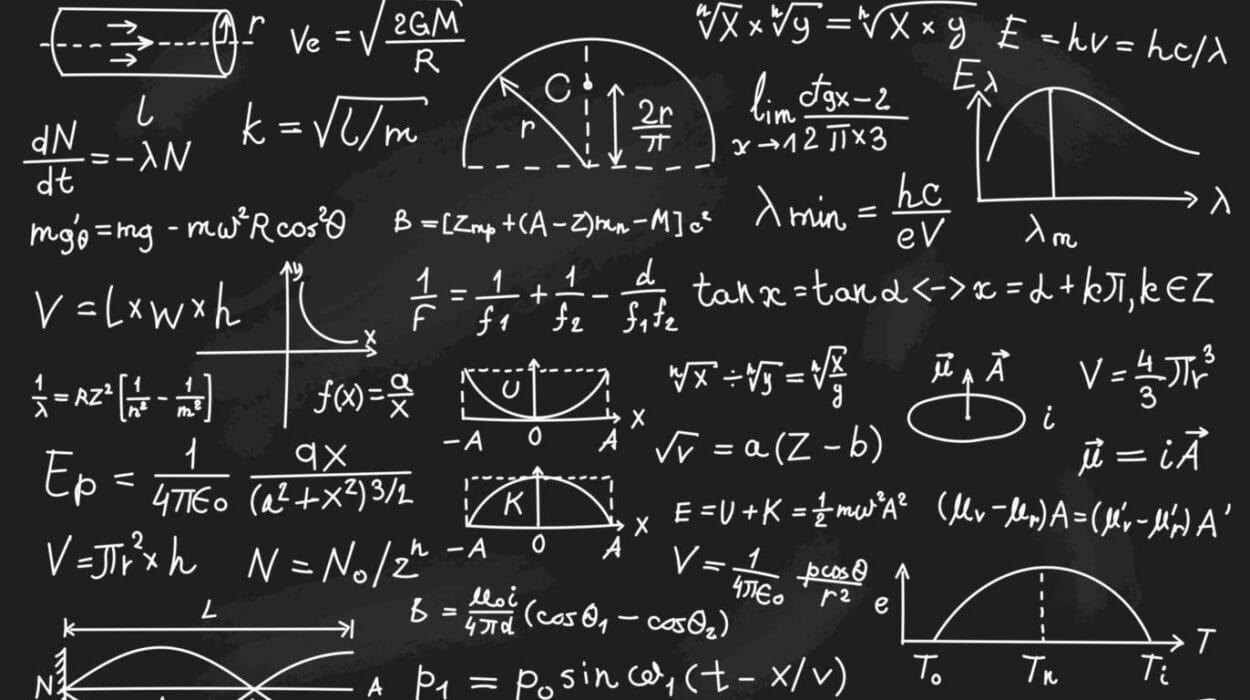In the hush of a pre-dawn sky, as stars still shimmer faintly above a sleeping city, a mechanical hum rises where once only birds dared fly. A dark silhouette hovers over rooftops, tilts forward, and zips away like a dragonfly. Its blades churn the cool air into swirling vortices. Below, unsuspecting streets wind between buildings, unaware that above them flies a machine born of equal parts innovation and obsession.
This is the age of drones—a revolution unfolding not with fireworks or grand declarations, but with whirring propellers and blinking LEDs. These aerial robots have burst from military secrecy into civilian life, reshaping industries, reimagining warfare, and challenging our laws and ethics in ways few technologies ever have.
It is a revolution carried not on the wings of angels, but on the carbon fiber arms of quadcopters. And its story, like all great stories, begins with human longing.
Dreams of Mechanical Flight
From Icarus to Leonardo da Vinci’s sketches, humans have always yearned to master the sky. For centuries, that dream belonged to pilots—heroes in cockpits, navigating clouds and wind. But the notion of unmanned flight haunted engineers and visionaries, whispered in the language of possibility.
By the late 19th century, inventors toyed with steam-powered flying contraptions. But real progress took shape during wartime. In 1917, amid the thunder of World War I artillery, the U.S. Army tested the “Kettering Bug,” an early cruise missile guided by pre-set controls. It crashed often, but it hinted at a future in which machines might fly without pilots.
World War II saw further leaps: radio-controlled aircraft buzzed enemy lines, and target drones helped train anti-aircraft gunners. Yet these were primitive creations, clumsy and expendable, hardly capable of autonomous flight. True autonomy would require something still embryonic: computing.
In the Cold War’s shadows, militaries poured money into robotic flight. By Vietnam, the U.S. was sending reconnaissance drones over enemy territory, peering into jungles and delivering precious intelligence. But these machines were still creatures of government secrecy—fragile, expensive, and distant from civilian life.
Then came the silicon revolution. Microprocessors shrank. Batteries grew lighter. Software learned to see, sense, and react. And humanity’s dream of untethered flight finally slipped the surly bonds of Earth.
The Hobbyists and the Hackers
As the 21st century dawned, a different breed of pioneer took up the mantle. In cluttered garages and makeshift workshops, hobbyists began strapping cameras onto remote-controlled helicopters. It was not the military, nor corporations, but weekend tinkerers who first glimpsed the magic of drones.
In 2006, the Federal Aviation Administration issued its first commercial drone permit in the U.S. Yet even as regulations struggled to catch up, the hardware grew exponentially better. The emergence of affordable gyroscopic sensors—the same tech stabilizing smartphones—gave even cheap quadcopters a Zen-like steadiness. Open-source flight controllers arrived, allowing hackers to code their own flight paths and behavior.
Suddenly, a new perspective unfolded. From a few hundred feet above, mundane streets became intricate mosaics of geometry. Rivers sparkled like silver threads. Events—weddings, protests, sports—took on a cinematic scope. The drone democratized the God’s-eye view once reserved for billion-dollar satellites or helicopter news crews.
By 2012, drones like the DJI Phantom hit consumer markets, offering high-definition cameras and user-friendly controls. What was once a toy for nerds became a must-have for photographers, real estate agents, and anyone eager for social-media likes. Drones were no longer curiosities—they were commerce.
When Packages Grow Wings
Few figures have fueled the drone revolution’s mythos like Jeff Bezos. In December 2013, during a “60 Minutes” interview, the Amazon founder revealed an audacious vision: delivery drones that would drop packages on doorsteps in thirty minutes or less.
Skeptics rolled their eyes. The obstacles were legion—battery limitations, air-traffic safety, regulatory hurdles. But the spectacle of Bezos cradling a prototype drone electrified imaginations. Here was the promise of instant gratification taken to its logical extreme.
While Amazon’s Prime Air initiative continued testing and regulatory wrangling, competitors raced to stake their claims. Alphabet’s Wing project explored drone deliveries in Australia and Virginia. UPS tested medical supply flights in hospitals. Walmart eyed drone drops for groceries.
In Rwanda and Ghana, Zipline began flying medical drones over rugged terrain, slashing delivery times for blood and vaccines from hours to minutes. In places where roads wash out or distances are lethal, drones became lifelines.
Even skeptics admitted: the dream was no longer science fiction. But challenges remained. The FAA imposed strict rules about line-of-sight operation. Noise pollution angered communities. Privacy concerns stirred fears of an all-seeing aerial surveillance state. And battery technology stubbornly capped most drone flights at twenty to thirty minutes.
Still, the race continued, because the stakes were immense. The global drone delivery market was projected to surge into tens of billions of dollars. The idea was irresistible: goods dispatched from automated warehouses, flying over traffic, landing softly in backyards.
The Sky Becomes a Marketplace
While the world watched Amazon, quieter revolutions unfolded in unexpected corners. Construction companies deployed drones to survey building sites, slashing costs and improving safety. Farmers used drones to monitor crop health, applying pesticides only where needed, conserving resources and reducing pollution. Oil and gas giants inspected pipelines and flare stacks without risking human climbers.
In Hollywood, drones swooped between skyscrapers and across battlefields, capturing shots once impossible or prohibitively expensive. In journalism, they offered dramatic footage of protests, disasters, and wildlife.
Startups blossomed. DroneDeploy built software to stitch drone photos into 3D maps. Skydio’s AI-driven drones promised collision-avoidance so sophisticated they could weave through forests without crashing. Drone racing became a high-speed sport, pilots donning VR goggles to steer quadcopters at over 80 mph through neon-lit obstacle courses.
By 2020, drones had evolved into a thriving ecosystem: manufacturers, software developers, service providers, insurance firms, regulatory consultants. Analysts estimated over a million registered drones in the U.S. alone. What had begun as toys had become tools of the modern economy.
Warfare Rewritten From Above
But as drones lifted industries into new realms, another revolution unfolded in darker skies. The same technology that delivered burritos could also deliver bombs.
Modern warfare has always thrived on vantage points. Satellites and spy planes offered high-altitude vision, but drones brought eyes and weapons to lower altitudes. And they could loiter for hours, patient as birds of prey.
The 21st century’s first glimpse of drone warfare came in Afghanistan and Pakistan. The CIA and U.S. military deployed Predator and Reaper drones armed with Hellfire missiles. These machines flew at 25,000 feet, unseen and unheard, guided by operators thousands of miles away in Nevada trailers. They tracked terror suspects, executed strikes, and sparked fierce debates about sovereignty, civilian casualties, and the morality of remote warfare.
Supporters argued drones saved soldiers’ lives and struck surgically with fewer civilian deaths than traditional airstrikes. Critics warned of blowback—radicalization fueled by buzzing machines and sudden death from clear blue skies.
But while America pioneered armed drones, others caught up. Iran, Turkey, Israel, and China developed their own UAVs. In conflicts from Libya to Syria, inexpensive drones became weapons of choice for militias and state actors alike.
Then, in the dusty plains of Nagorno-Karabakh in 2020, the world saw a glimpse of warfare’s future. Azerbaijan’s army used Turkish Bayraktar drones to devastating effect, obliterating Armenian tanks and artillery. The skies buzzed with loitering munitions—so-called “kamikaze drones” that hovered until spotting a target, then dove in for the kill. The scale of destruction shocked military analysts worldwide.
No longer were drones just eyes in the sky. They were transforming the battlefield itself, making large armored formations vulnerable and giving smaller nations new asymmetric powers.
The Swarm Cometh
As drone technology proliferated, military strategists fixated on a new nightmare: the swarm.
Unlike individual UAVs, a swarm is a coordinated cloud of dozens, hundreds, or even thousands of drones acting in concert. Inspired by flocks of birds and schools of fish, drone swarms could overwhelm defenses, flood radar screens, and strike targets with pinpoint precision.
In 2016, the U.S. Navy tested a swarm of 103 tiny Perdix drones launched from fighter jets. They communicated autonomously, deciding collectively how to maneuver. China showcased similar demonstrations. In the Middle East, even militant groups began experimenting with simple drone swarms to target oil facilities and airports.
The implications are profound. Swarms could saturate air defenses, hunting ships, tanks, or troops. They could deploy electronic warfare payloads, spread disinformation networks, or simply serve as persistent eyes and ears.
Yet swarms also terrify ethicists. How much autonomy should lethal machines possess? If a drone swarm mistakenly attacks civilians, who bears responsibility? The programmer? The commander? The algorithm?
The debates rage in Pentagon corridors and UN conference rooms alike. Because as drones evolve, the line between soldier and machine, decision and algorithm, grows ever thinner.
The Civilian Concerns
Back home, beneath peaceful skies, the drone revolution brings gentler yet deeply personal questions.
On quiet suburban mornings, a buzz overhead might belong to a delivery drone…or a neighbor’s hobby drone…or a news outlet filming footage. For many, the sense of privacy erodes under the weight of tiny cameras. The idea that strangers might peer into backyards from 300 feet above unsettles citizens and lawmakers alike.
Noise pollution adds another layer. Communities push back against the constant droning whirr, complaining of disruption to wildlife and human peace.
And then there are safety fears. Rogue drones have caused airport shutdowns, like the chaos at London’s Gatwick in 2018, where drone sightings stranded 140,000 travelers. Regulators scramble to impose airspace rules, licensing systems, and remote ID technology so drones can be traced like license plates in the sky.
Yet public attitudes remain divided. Many marvel at drone videos and applaud life-saving medical deliveries. Others bristle at the potential for a surveillance state. The drone revolution is not merely technological—it’s social, legal, and moral.
Beyond Earth’s Edge
Even as drones transform the skies above us, their story is reaching for other worlds.
On April 19, 2021, NASA’s tiny helicopter Ingenuity lifted off the dusty plains of Mars, becoming the first aircraft to fly on another planet. It hovered, spun, and touched back down, sending engineers into ecstatic celebration. A drone had flown in the thin Martian atmosphere, carrying humanity’s dreams yet farther afield.
Future missions envision drones exploring the methane lakes of Saturn’s moon Titan, or scouring lunar caves for water. Drones may become our scouts on alien frontiers, our eyes in places humans cannot yet tread.
The drone revolution, it seems, will not stop at Earth’s atmosphere.
Coding the Future of Flight
At the heart of the drone revolution lies not merely hardware but software. These flying machines are bundles of code given wings. Artificial intelligence, computer vision, and machine learning have become the brainstems allowing drones to navigate complex environments without human guidance.
Companies like Skydio have stunned the tech world with drones that can follow a mountain biker through dense forests, weaving between trees without crashing. Their secret is an AI vision system mapping the world in 3D, making decisions in real time. What once required a skilled pilot now flows from silicon chips and neural networks.
The stakes are high. Self-flying drones promise an era where deliveries, inspections, security patrols, and filmmaking require no human hands on the controls. Autonomous drones could respond instantly to natural disasters, search for lost hikers, or monitor endangered wildlife without disturbing their habitats.
But autonomy brings new questions. How does a drone decide whether to yield to an approaching helicopter? Should an autonomous delivery drone avoid a flock of birds by swerving over a crowded playground? The rules of the road are easy to write on asphalt but infinitely harder to codify in airspace.
Researchers work feverishly on “sense-and-avoid” systems, virtual traffic control towers, and AI ethics algorithms. Yet as drones gain intelligence, they also raise haunting specters of autonomy gone awry—of machines making lethal choices without human intervention.
The Economics of Airspace
Hovering above all this technological drama is a giant economic opportunity. Analysts estimate the global commercial drone market will exceed $50 billion by the end of this decade, driven by agriculture, construction, security, energy, and logistics.
Corporations invest billions in drones not for novelty but for cold economic logic. A drone can survey an oil pipeline in an hour rather than sending a crew for days. A drone can map an entire construction site every morning, updating architects with real-time 3D models. Farmers save money and protect crops by using drones to apply fertilizer only where sensors detect nutrient deficiency.
And the race is on to dominate urban air mobility. Companies like Joby Aviation, Volocopter, and Archer envision air taxis whisking passengers above traffic snarls, quietly and electrically. These are essentially giant passenger drones, promising a sci-fi future where commuting means flying over gridlocked streets.
For regulators, however, the future looks like a headache. If hundreds of drones fill city skies, how do you prevent collisions? How do you protect neighborhoods from noise? How do you ensure airspace remains fair and accessible to both giant corporations and small operators?
The answers remain elusive. But the economics are relentless. As costs fall and demand rises, the sky is becoming not just a frontier—but a marketplace.
When Drones Save Lives
In the public imagination, drones often evoke privacy worries or military strikes. Yet some of the most poignant chapters of this revolution are written in life-or-death moments where rotors spin hope into the air.
In remote parts of Rwanda, Zipline drones carry blood, vaccines, and medical supplies over mountains and rivers. Before drones, a rural hospital might wait hours or days for critical medicines. Now, doctors summon a drone by app, and a package parachutes down in minutes.
In Sweden, a man’s heart stopped while shoveling snow. An autonomous drone flew an automated external defibrillator (AED) to the scene faster than paramedics, saving his life.
Firefighters deploy thermal-imaging drones to find survivors in burning buildings or track wildfires roaring across parched forests. During the COVID-19 pandemic, drones carried medical samples, broadcast public health messages, and sprayed disinfectant in urban areas.
In these stories, the drone sheds its mechanical skin and becomes a lifeline—a force multiplier that turns seconds into saviors.
The Art of the Aerial Eye
Yet the drone revolution is not only about industry or warfare or emergency response. It’s also about art.
A drone’s camera unlocks a new way of seeing the world—a perspective both intimate and majestic. Filmmakers have turned drone shots into the visual grammar of modern storytelling. Sweeping aerial shots glide over ocean cliffs, spiral around skyscrapers, or plunge into forests, offering viewers a perspective once reserved for million-dollar helicopters.
Photographers craft mesmerizing imagery: vineyards unfolding like green quilts, snowy roads winding through silent pine forests, fireworks blossoming over rivers.
Even casual hobbyists find joy in flying drones at sunrise, capturing the world from a few hundred feet above—a realm neither entirely earthbound nor entirely celestial. It is art born from propellers, code, and human curiosity.
Ethics at Altitude
As drones proliferate, societies wrestle with profound ethical dilemmas.
Who owns the air above your backyard? Does a drone operator have the right to film your property from 200 feet? Should police use drones to monitor protests? When do security concerns justify surveillance? When does convenience justify intrusion?
Civil liberties groups warn of a future where drones blanket cities with constant video feeds, creating digital dossiers on every citizen. Meanwhile, authorities argue drones are indispensable tools for safety, crowd control, and emergency response.
Then there’s the moral quagmire of autonomous weapons. Should machines be allowed to decide when to take human life? The UN has debated treaties to limit “killer robots,” but consensus remains elusive.
Some experts argue drones will inevitably become more autonomous because the speed of modern warfare outpaces human reaction times. Others counter that delegating lethal force to algorithms crosses a line humanity must never breach.
These are no longer theoretical debates. They are real choices societies face as drones become smarter and more numerous. The sky, once a realm of freedom and imagination, has become contested ethical terrain.
A Future Written in Propellers
As the second quarter of the 21st century dawns, the drone revolution stands poised between promise and peril.
The technology advances at breakneck speed. Engineers develop batteries that double flight times. AI improves vision and decision-making. Startups dream of skies alive with autonomous air taxis. Farmers, filmmakers, and first responders adopt drones as essential tools.
Yet legal frameworks lag behind. Privacy battles rage. Noise complaints swell. Militaries build swarms while citizens worry about being watched from above.
Through it all, one truth remains: drones are not merely machines. They are reflections of our ambitions, our fears, and our relentless hunger to see beyond the horizon. They carry not only payloads, but questions about what kind of society we wish to build.
In a few short decades, drones have leapt from secret military projects to household gadgets, from weapons of war to lifesaving devices, from toys to billion-dollar industries. They hover at the intersection of technology, ethics, commerce, and art—a revolution still unfolding.
And perhaps the most thrilling—and terrifying—fact of all is this: we have only just begun to see how far these wings will carry us.






